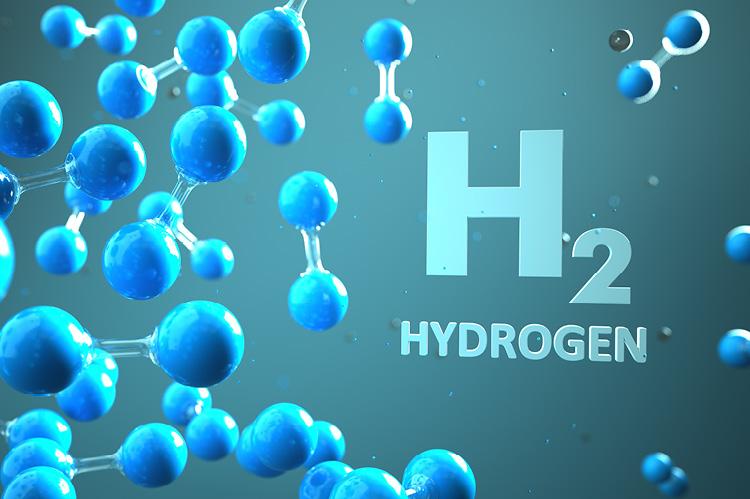Baltic Sea Holds Promise for Cheap, Green Hydrogen Production, DNV Study Finds

A new study by DNV suggests the Baltic Sea region, alongside the North Sea, has significant potential for producing cheap, green hydrogen, a key factor in Europe's push for energy diversification and independence, Gascade announced on May 16, 2024.
The DNV study, titled "Potential for a Baltic Hydrogen Offshore Backbone," aligns with the European Union's estimate that up to 2,000 terawatt hours (TWh) of climate-neutral hydrogen will be needed by 2050.
Onshore wind farms in the Baltic Sea region could contribute substantially to meeting this demand.
While the study identified strong potential for offshore hydrogen production in the North Sea, particularly in areas exceeding 100 kilometers from the coast, onshore production in the Baltic Sea region emerged as more favorable for neighboring countries.
Notably, Finland presents itself as a potential major hydrogen supplier, with an estimated export capacity of 70 TWh per year by 2050, translating to roughly 2.1 million tons of hydrogen.
Finland's high proportion of renewable electricity in its power grid, meeting RED III criteria, allows for production costs around €2.5 ($2.7) per kilogram of hydrogen (LCOH).
When combined with favorable pipeline transport via the Baltic Sea, the total system cost for green hydrogen reaches approximately €3 ($3.3) per kilogram.
Analyses by GASCADE suggest this would be half the projected cost for hydrogen derivatives like ammonia. Shipping hydrogen to Germany is estimated at around €6 ($6) per kilogram.
The study anticipates lower production and export potential in Sweden due to the country's existing, largely decarbonized environment and relatively modest expansion targets for renewable energy.
"Considering such a large and relatively inexpensive potential exists right at our doorstep, it would be a missed opportunity not to capitalize on it," said GASCADE Managing Director Ulrich Benterbusch, highlighting the importance of securing a stable energy supply in the nascent hydrogen market.
The study recommends a combination of offshore and onshore pipelines as the most cost-effective transportation method, considering the existing infrastructure and expected volumes.
An offshore pipeline originating in Finland could not only transport domestically produced green hydrogen but also potentially collect the energy carrier along the route, including locations like the Åland Islands, Gotland, and Bornholm.
The onshore section would traverse the Baltic states and Poland. Building this combined transport infrastructure is estimated to cost around €12 billion ($13 billion).
Hydrogen imported through this corridor could be further distributed within Germany through the "Flow—making hydrogen happen" project. This project is part of the German hydrogen core network and is scheduled for initial operation in 2025.

